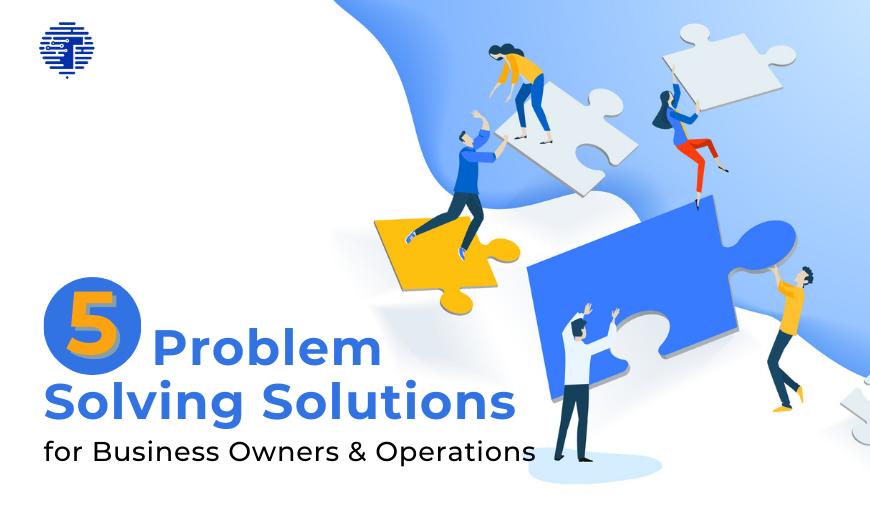Managing expectations is a crucial part of any software development projects. As a software development agency, one of the biggest challenges we face is aligning our clients’ expectations with the realities of their budget, timelines, and scope.
In this article, we will discuss the importance of setting clear expectations at the start of software development projects and strategies for managing those expectations throughout the development process. We will also explore how to handle scope creep, unexpected changes, and other common challenges that can arise during software development projects.
Start on the right foot
Setting clear expectations at the start of software development projects is essential for ensuring that the project runs smoothly and meets the needs of both the client and the development team.
This process typically begins with a discovery phase, where the client shares their vision for the project and the development team gathers information about the project’s requirements, constraints, and goals.
During this phase, it’s important to have open and honest conversations with the client about what is and isn’t feasible within the given budget and timeline. This includes discussing any potential trade-offs that may need to be made, such as reducing the scope of the project or extending the timeline. It’s also important to establish clear and measurable goals for the project so that progress can be tracked and evaluated throughout the development process.
Once the project’s goals, constraints, and requirements have been established, it’s crucial to document them in a project charter or statement of work. This document should be reviewed and signed by both the client and the development team and should serve as a reference throughout the software development project.
Establish effective communication

Effective communication, both externally with clients and internally with the development team, is crucial to project success. Establishing open lines of communication with the client throughout the development process helps to ensure that everyone is on the same page and that any issues or changes are addressed in a timely manner.
One strategy we have learned to use is to establish a schedule for regular check-ins or status updates at project inception, then follow these through the project execution. These are usually done at the end of the week via video call or a simple text message on the platform of the client’s choice (Slack, Teams, Email, WhatsApp etc). Each update includes a short summary of the project’s progress, any issues that have arisen, and any upcoming deliverables.
Communication must be transparent, honest and timely. If a deadline is going to be missed, or if the project is going over budget, it’s important to bring this to the client’s attention as soon as possible and to work together to find a solution. This can be through several methods, commonly with change requests or focusing on core or mandatory features and functions.
The delivery of a project usually isn’t the end of our relationship with our clients. There are always other functions and features can always be added to the software later, and software needs maintenance and support.
Control “Scope Creep”
Scope creep can occur for many reasons. A common cause is when requests are made for additional features or functionality that fall outside of the original scope of the project or when there are changes from third parties (i.e. API connections – read more about APIS here).
We manage Scope Creep and unexpected changes by establishing a clear change management process. This process includes a formalised procedure for requesting and evaluating changes, as well as a mechanism for determining the impact of those changes on the project’s budget, timeline, and overall scope.
It’s important to have clear and open communication with the client about any changes or additions to the project, and to ensure that all parties agree on and understand the impact the changes will have on the project’s budget and timeline.
Set realistic timelines and budgets

A realistic timeline allows the development team to plan and execute the project in a way that achieves the client’s goals while also taking into account the time required for testing, debugging, and other critical tasks. A realistic budget ensures that the project can be completed within the financial constraints of the client barring any unforeseen changes.
When setting timelines and budgets, it’s important to take into account the complexity of the project, the skills and experience of the development team, and any external factors that may impact the project. Factors such as the availability of resources, the need for third-party services, and the need for additional testing or validation.
It’s also important to have transparent conversations with the client about what is and isn’t feasible within the given budget and timeline. This includes discussing any potential trade-offs that may need to be made, such as reducing the scope of the project, extending the timeline, or delaying some features until after the core application (or MVP) has been developed.
The Devil is in the details

A detailed project plan forms the foundations for managing expectations in a software development project. It should include a clear overview of the project’s goals, objectives, and requirements, as well as a schedule of key deliverables and be agreed upon by all parties before the project begins. This document isn’t set in stone. Especially for projects built using Agile and similar iterative methodologies, changes can happen often based on feedback to help achieve Product-Market Fit and a smooth user experience. Changes are fine, as long as the details are recorded, tracked and all parties are aware of the impact they will have.
Regular reviews and updates to the project plan are required to ensure it aligns with the current progress of the project and any new information that has been acquired during the development process.
Clarifying post-launch processes
Once the software is launched, clients often expect to receive ongoing maintenance, support and even often neglected matters like hosting costs to ensure that the software remains functional, accessible and up-to-date.
Outlining the specific services that will be provided, i.e. bug fixes, updates, and security patches, and how often those services will be provided in the original proposal or project plan allows all parties to align on how the software product will be supported post launch. This should be further refined in a Service Level Agreement (SLA). This agreement should include the level of support, included hours and services and response timeframes, as well as exclusions i.e. adding new features.
Resolving conflict & aligning expectations
Individual’s perception of what is and what isn’t within scope does not always align. Conflicts and misunderstandings arise due to a variety of reasons, such as miscommunication, disagreements on what constitutes Scope Creep, or unmet or misaligned expectations.
It is important to have a clear process in place for handling disputes or disagreements. This should include a mechanism for escalating issues or concerns, as well as a process for mediating disputes or disagreements.
This highlights the importance of a clear and agreed-upon scope document that can be used as a reference point when conflicts or misunderstandings arise.
Conclusion
Managing expectations in software projects is critical for ensuring that the project stays on track, meets the client’s goals and objectives, and is completed within budget and on schedule. This includes setting clear expectations at the start of the project, communicating effectively with clients throughout the development process, managing scope creep and unexpected changes, setting realistic timelines and budgets, managing client expectations for progress updates and deliverables, addressing and resolving conflicts or misunderstandings, managing expectations for post-launch maintenance and support and using data and metrics to evaluate project progress and adjust expectations accordingly.
Project Managers play a crucial role in managing expectations in software development projects by communicating regularly and effectively with the client, ensuring the development team is well informed and on track, managing the project’s budget and schedule, and ensuring that the project meets the client’s expectations. Stay tuned, we will be releasing more Project-Management focused content in the coming months based on the experiences and knowledge of our diverse team.

As always, contact Trienpont International today to see how we can develop an understanding of your expectations for your software development projects and see how we can help turn them into reality.





